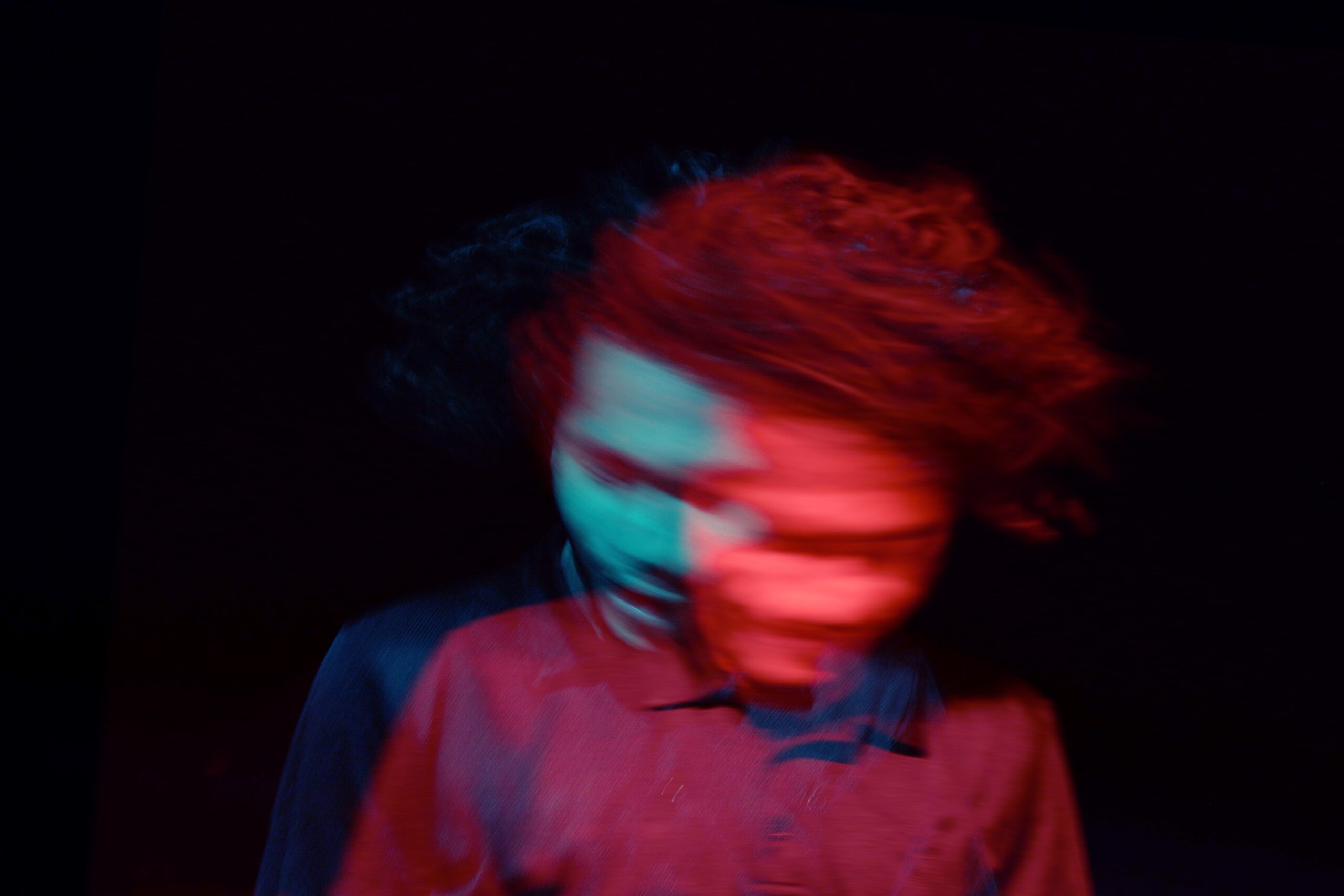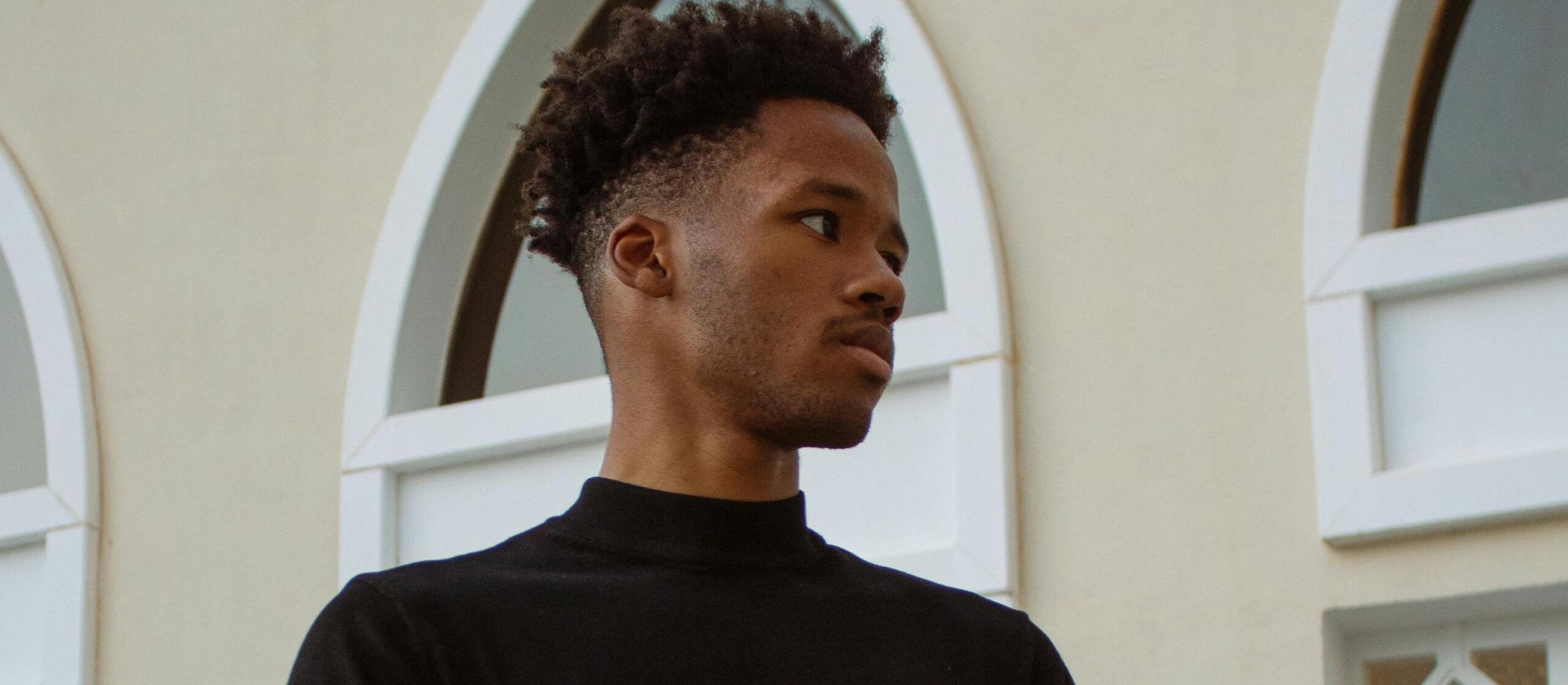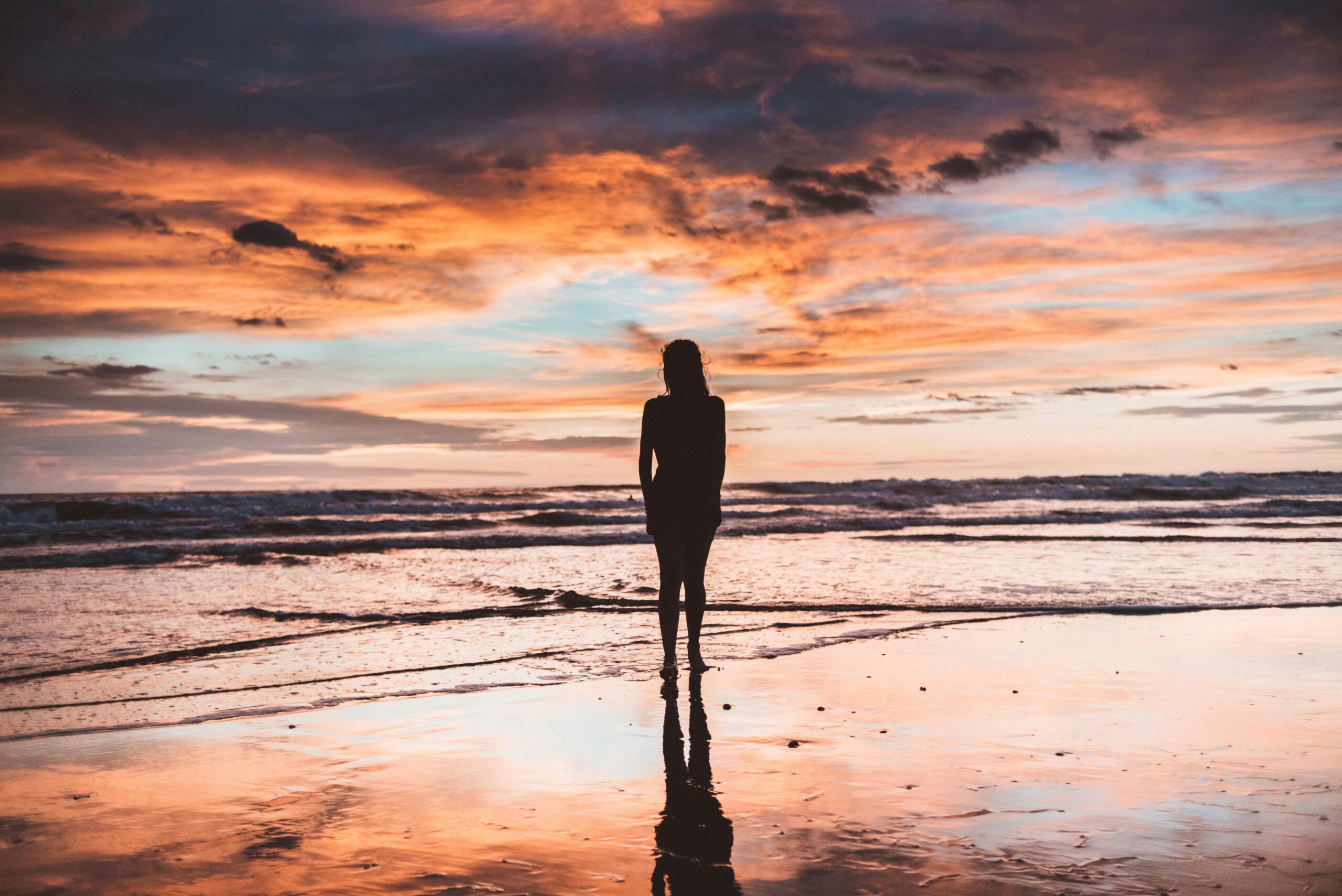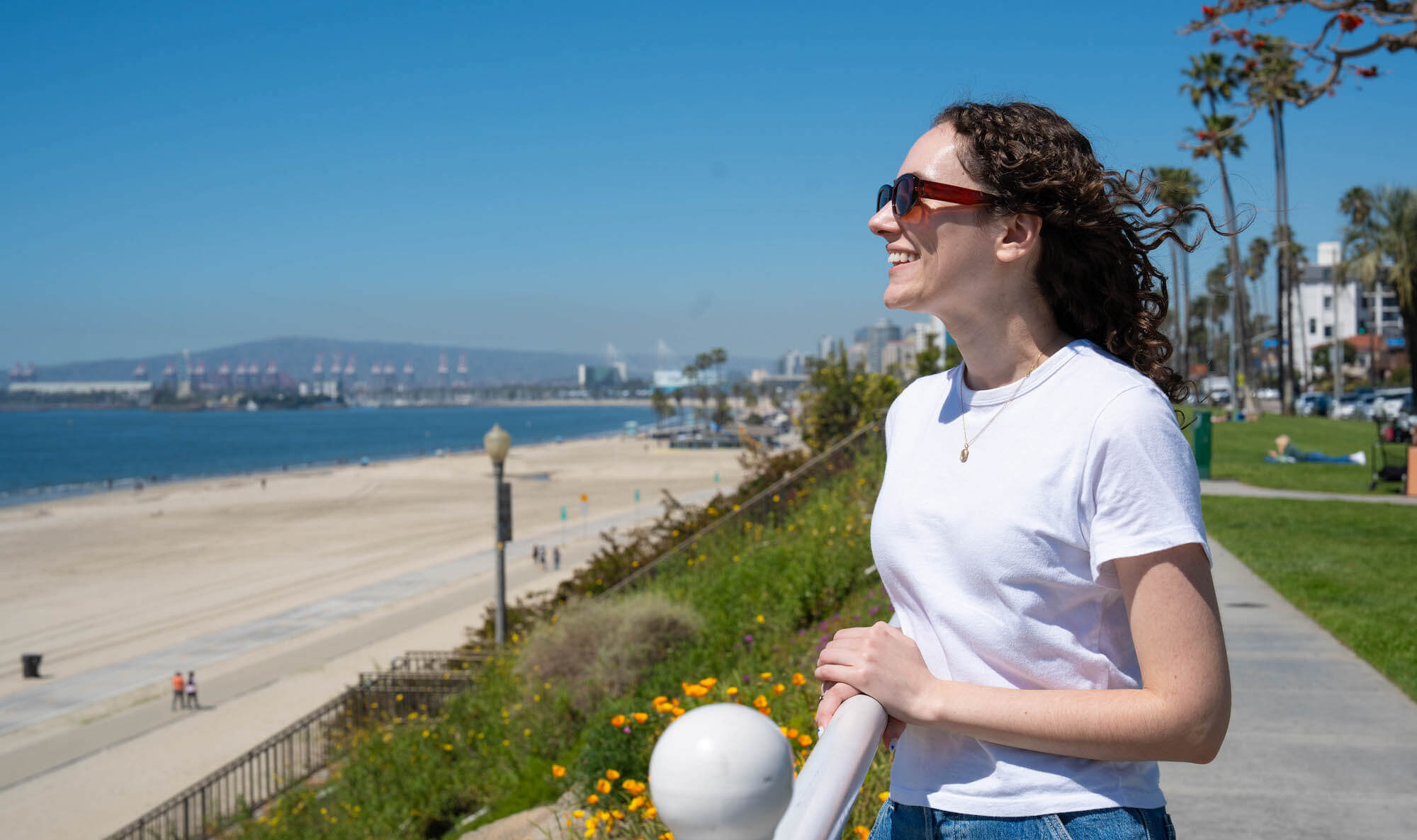Suboxone side effects can range from mild to severe, with common side effects including nausea, dizziness, blurred vision, insomnia, and headaches.
What is Suboxone?
Suboxone is a medication containing buprenorphine combined with naloxone in a single tablet. Buprenorphine has been successfully used to treat heroin addiction for many years and it works by triggering mu-opioid receptors in your brain and minimizing the intensity of withdrawal symptoms and cravings associated with opioid detox.
Crucially, the medication achieves this without delivering the intense high or the dangerous side effects of other types of opioids. When buprenorphine is combined with naloxone, the abuse potential is further reduced. If you attempt to inject this combination of medications, you’ll experience intense acute symptoms. If Suboxone is taken orally and as prescribed, though, you won’t suffer these effects of Suboxone.
This guide highlights the most common side effects of suboxone, explores the long-term effects of Suboxone, and examines the role of this medication in addiction treatment.
Side Effects of Taking Suboxone
Suboxone – a mixture of buprenorphine and naloxone – is a prescription medication used to treat dependence on opioids. The brand-name version of this medication is an oral film that you place under the tongue or between your cheek and gums. Whether you use the sublingual or buccal method, Suboxone dissolves in your mouth.
Suboxone contains 2 different drugs – buprenorphine and naloxone. The medication is available in four different strengths as follows:
- 2mg buprenorphine & 0.5mg naloxone
- 4mg buprenorphine & 1mg naloxone
- 8mg buprenorphine & 2mg naloxone
- 12mg buprenorphine & 3mg naloxone
Suboxone side effects may be mild, moderate, or severe. Some Suboxone effects are immediate, while others occur over time.
Short-Term Effects
Some of the most common short-term Suboxone side effects include:
- Headache
- Body aches
- Rapid heart rate
- Abdominal cramps
- Anxiety
- Weakness
- Fatigue
- Sweating
- Insomnia
- Burning tongue
- Depression
- Constipation
- Back pain
- Nausea
Many of these issues will clear up in a matter of days or weeks. If they become more severe or linger, you should consult with your pharmacist or doctor.
Long-Term Effects
While it’s uncommon for patients to experience serious side effects from Suboxone drugs, effects of long-term Suboxone use may manifest.
Call your doctor immediately if you have severe reactions to Suboxone. If symptoms seem life-threatening, call 911. Severe reactions may include:
- Abuse and dependence: One potential long-term side effect of Suboxone is the development of physical and psychological dependence. Suboxone may also create cravings for drugs and drug-seeking behavior, sometimes leading to abuse. From here, overdose and death can occur. The risk of this is amplified if Suboxone is used with benzodiazepines, alcohol, or other opioids.
- Breathing problems: Suboxone in high doses can cause breathing problems. In severe cases, this can lead to coma and death. This is more likely to occur if other drugs are used with Suboxone, and it’s more likely to happen if you have an existing breathing problem like COPD (chronic obstructive pulmonary disease).
- Severe allergic reaction: Allergic reactions like anaphylaxis can occur. Look for symptoms like skin rash or hives, difficulty breathing, or swelling of the throat, tongue, and lips. Call for immediate medical assistance or go to the nearest ER.
- Liver damage: People using Suboxone have experienced mild to severe liver damage. Expect blood tests to monitor liver function if you’re being treated for opioid dependence with Suboxone.
- Adrenal insufficiency: Some people using Suboxone for a few weeks find themselves with reduced cortisol hormone levels, also known as adrenal insufficiency.

What is Suboxone Used for in Addiction Treatment?
The medication is a Schedule III prescription drug. Like all drugs under this schedule, Suboxone has legitimate medical applications, but may also cause dependence (physical and psychological). Suboxone also has the potential for abuse.
Suboxone comes FDA-approved for treating opioid dependence. The medication is also recommended by ASAM (American Society of Addiction Medicine). Suboxone helps with treating opioid dependence by minimizing the withdrawal symptoms that accompany quitting or reducing consumption.
A 2008 clinical trial examined the effects of a medication used to treat young adults with opioid addiction over an extended period. Data show that patients who received counseling along with Suboxone during the 12-week trial had notably better outcomes than those who took the standard route of detoxification followed by counseling. The young adults addicted to opioids – morphine, heroin, and prescription painkillers – were more likely to abstain from using opioids, marijuana, and cocaine than the group who received counseling after short-term detox. They were also less likely to inject drugs than the control group and less likely to drop out of the treatment program.
As mentioned above, Suboxone has two ingredients: naloxone and buprenorphine. Each of these drugs has a distinct role.
- Naloxone: The only reason for naloxone’s inclusion in Suboxone is to reduce the chance of the medication being abused. Naloxone is an opioid antagonist. As such, it blocks the positive effects of opioids. If you’re dependent on opioids and you decide to inject Suboxone, the naloxone component could trigger the onset of hazardous withdrawal symptoms. This can occur because the medication counters the effects of opioids and pushes you into instant withdrawal. To reduce the likelihood of this happening, you could use the film form of Suboxone. This releases less naloxone than an injection, meaning that instant withdrawal is less likely.
- Buprenorphine: Buprenorphine shares some effects with opioid drugs, but at the same time it blocks some of the effects of opioids, making it an opioid partial agonist-antagonist. It is the buprenorphine content that serves to treat dependence on opioid drugs by mitigating withdrawal symptoms and cravings. Additionally, buprenorphine is a partial opioid agonist-antagonist, so the medication does not deliver the high associated with most opioids.
There are 2 distinct phases to the treatment of opioid dependence:
- Induction phase
- Maintenance phase
Suboxone is normally used during both phases.
During induction, Suboxone can lessen withdrawal symptoms if opioid use is being either reduced or stopped. The medication will only be used during the induction phase for those addicted to short-acting opioids, including morphine, codeine, heroin, and oxycodone. Suboxone will only be introduced when the effects of the opioids have started to diminish, and withdrawal symptoms begin.
When treatment shifts into the maintenance phase, Suboxone is used for an extended period once the dosage has stabilized. The goal of this phase is to ensure cravings and withdrawal symptoms are managed as you advance through your treatment program. This could last several months to a year.
When you stop using Suboxone, your doctor will employ a slow dosage taper so that you don’t experience any unpleasant side effects.
If you have developed an addiction to any type of opioids, kickstart your recovery at Gratitude Lodge in Southern California.
Suboxone Side Effects FAQs
What are the side effects of Suboxone?
The side effects of Suboxone include nausea, vomiting, constipation, headaches, dizziness, and sweating. In rare cases, it may also cause breathing difficulties or an allergic reaction.
How does Suboxone affect your body?
Suboxone works by binding to the same mu-opioid receptors in the brain to which opioids bind, which can help reduce the intensity of opioid withdrawal symptoms and cravings. However, it can also cause side effects like drowsiness, slowed breathing, and decreased blood pressure.
What is Suboxone used for?
Suboxone is a medication used to treat opioid addiction. It is a combination of buprenorphine and naloxone, and it works by reducing cravings and opioid withdrawal symptoms, while also blocking the effects of other opioids if they are taken while on Suboxone.
Can Suboxone cause headaches?
Yes, headaches are a possible side effect of Suboxone. If you experience severe or persistent headaches while taking Suboxone, speak with your healthcare provider as they may need to adjust your dosage or explore other treatment options.

Get Treatment for Opioid Addiction at Gratitude Lodge
If you’re struggling with opioid addiction, look no further than Gratitude Lodge in Southern California. Our pet-friendly rehab centers are dedicated to comprehensive addiction recovery and can be found in Newport Beach and Long Beach, CA.
At Gratitude Lodge, we offer a supervised medical detox program that provides a safe and effective pathway toward detoxification and ongoing recovery. Once you’ve completed detox, you can transition directly into one of our treatment programs for opioid addiction, which include a 30-day inpatient program and an intensive outpatient program.
If you’re also grappling with a co-occurring mental health condition like depression or anxiety, our dual diagnosis treatment program can provide coordinated and integrated treatment for both conditions. Our individualized treatment plans draw from a range of evidence-based interventions, including MAT (medication-assisted treatment), psychotherapy (cognitive behavioral therapy or dialectical behavior therapy), group counseling, individual counseling, family therapy, and holistic therapies.
Once you’ve completed your treatment program, we’ll work with you to develop a comprehensive aftercare plan that includes relapse prevention strategies and the option to transition into sober living. At Gratitude Lodge, we’re committed to supporting you every step of the way on your journey to lasting recovery.
Don’t wait to get the help you need to overcome opioid addiction. Contact Gratitude Lodge today at 800-994-2184 to speak with our admissions team and take the first step towards a brighter future.




























